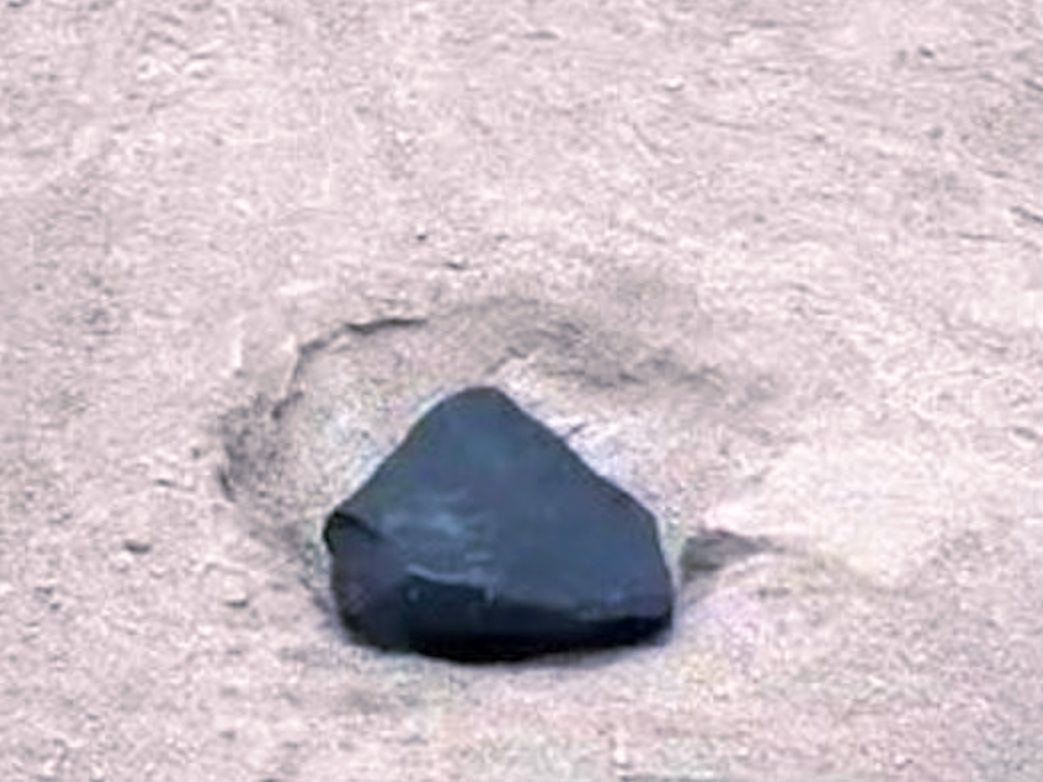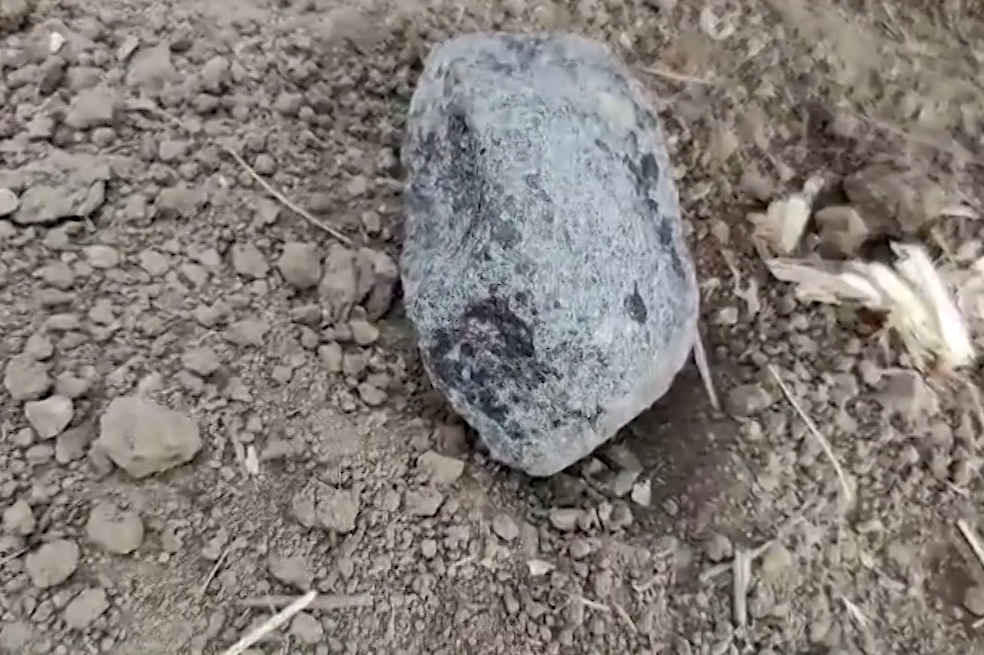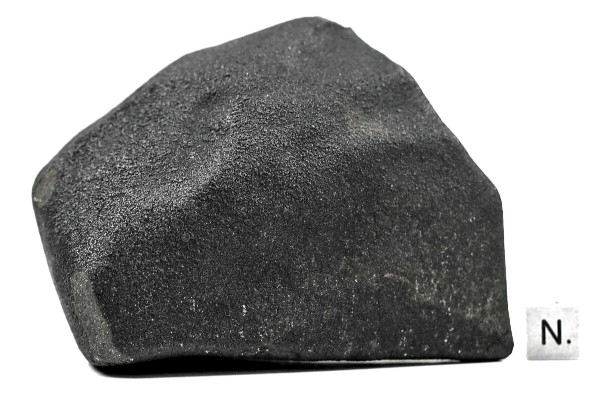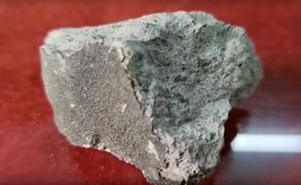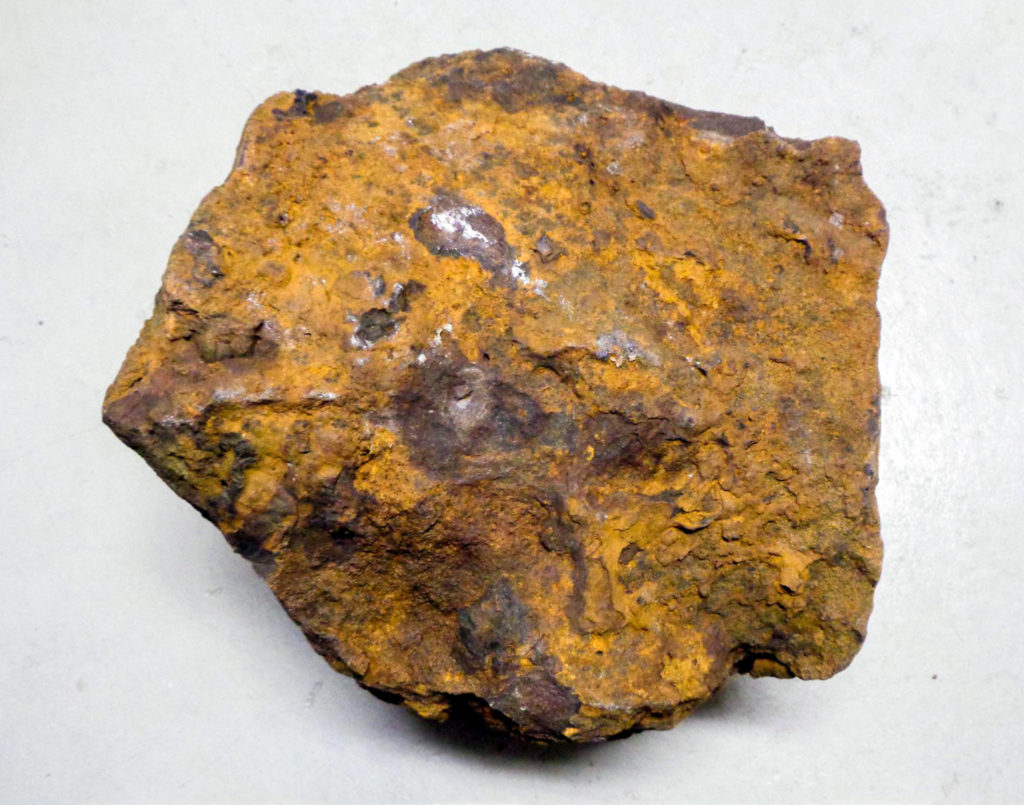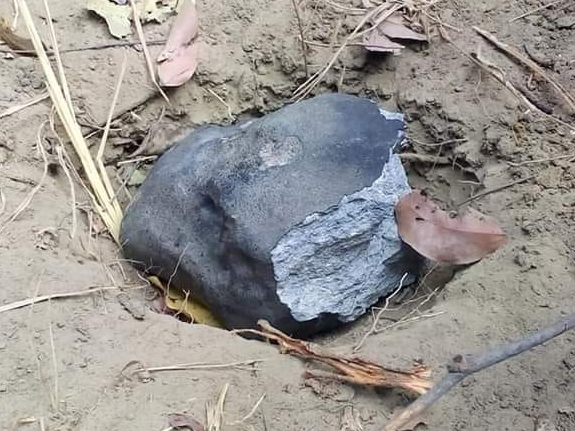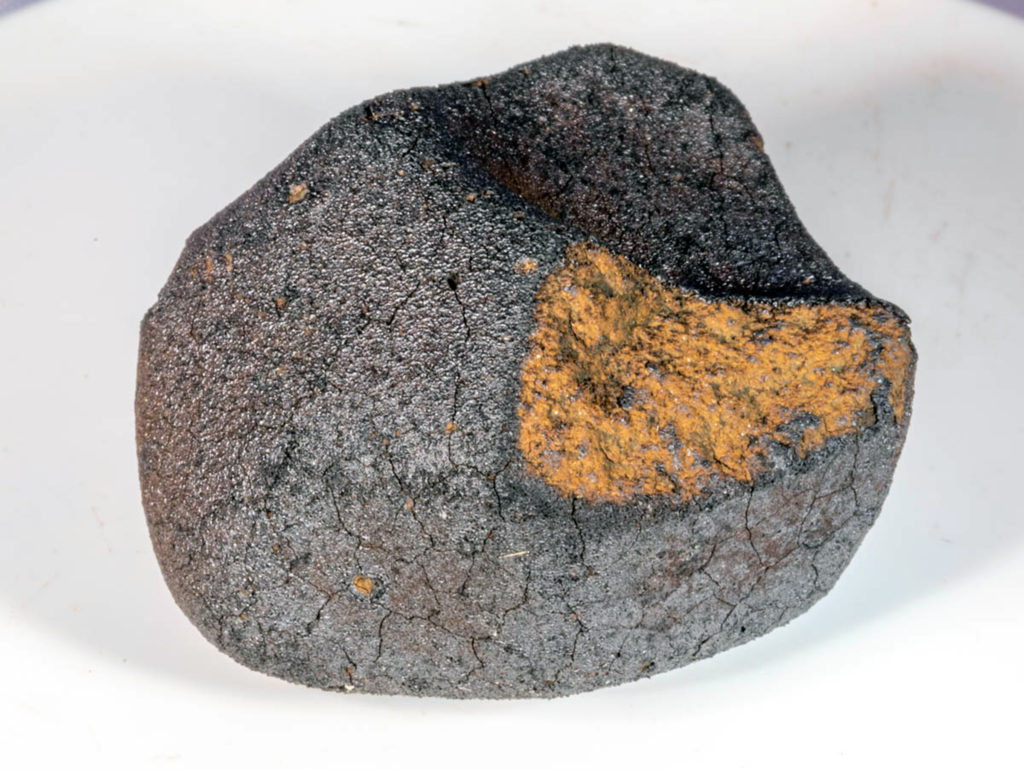The initial structure of chondrule dust rims II: Charged grains
C. Xiang, A. Carballido, L.S. Matthews, T.W. Hyde
Icarus
In Press, Journal Pre-proof, Available online 29 August 2020
“Highlights
• Compare rim formation in varied turbulence, dust charge and size of chondrule core.
• Rim characteristics depend on electrostatic potential energy/kinetic energy, PE/KE.
• High PE/KE leads to rims with larger average dust size, porosity and rimming time.
• Grain size deviates from original distribution as PE/KE and rim thickness increase.
• Charge can slow down or even cease the growth of FGRs in weak turbulence.”
“In order to characterize the early growth of fine-grained dust rims (FGRs) that commonly surround chondrules, we simulate the growth of FGRs through direct accretion of monomers of various sizes onto the chondrule surfaces. Dust becomes charged to varying degrees in the radiative plasma environment of the solar nebula (SN), and the resulting electrostatic force alters the trajectories of colliding dust grains, influencing the structure of the dust rim as well as the time scale of rim formation. We compare the growth of FGRs in protoplanetary disks (PPD) with different turbulence strengths and plasma conditions to previous models which assumed neutral dust grains (Xiang, C., Carballido, A., Hanna, R.D., Matthews, L.S., Hyde, T.W., 2019). We use a combination of a Monte Carlo method and an N-body code to simulate the collision of dust monomers of radii 0.5 – 10μm with chondrules whose radii are between 500 and 1000 μm: a Monte Carlo algorithm is used to randomly select dust particles that will collide with the chondrule as well as determine the elapsed time interval between collisions; at close approach, the detailed collision process is modeled using an N-body algorithm, Aggregate Builder (AB), to determine the collision outcome, as well as any restructuring of the chondrule rim. For computational expediency, we limit accretion of dust monomers to a small patch of the chondrule surface. The collisions are driven by Brownian motion and coupling to turbulent gas motion in the protoplanetary disk. The charge distribution of the dust rim is modeled, used to calculate the trajectories of dust grains, and then analyze the resulting morphology of the dust rim. In a weakly turbulent region, the decreased relative velocity between charged particles causes small grains to be repelled from the chondrule, causing dust rims to grow more slowly and be composed of larger monomers, which results in a more porous structure. In a highly turbulent region, the presence of charge mainly affects the porosity of the rim by causing dust particles to deviate from the extremities of the rim and reducing the amount of restructuring caused by high-velocity collisions.”

